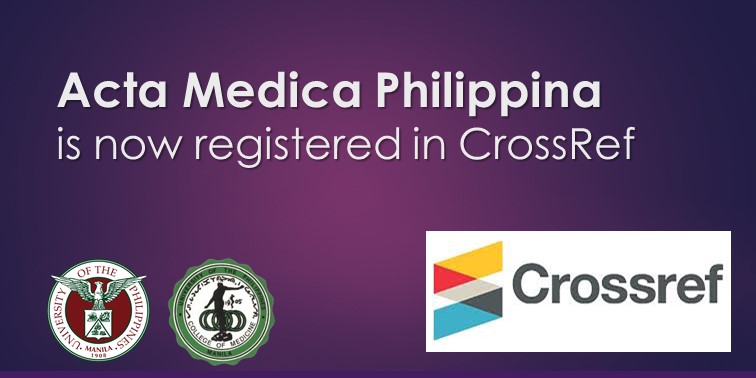Outcomes of Microvascular Decompression for Hemifacial Spasm at the Philippine General Hospital
DOI:
https://doi.org/10.47895/amp.v59i13.11209Keywords:
microvascular decompression, hemifacial spasm, retrospective reviewAbstract
Objective. To report the demographics, clinical characteristics, and surgical outcomes after microvascular decompression (MVD) for hemifacial spasm (HFS) in the Philippine General Hospital (PGH).
Methods. Between January 2018 to December 2022, the division of Neurosurgery at PGH performed thirty-four MVD operations for Primary HFS. Records were retrospectively reviewed, and pertinent demographic, intra-operative findings, outcomes, and complications were analyzed.
Results. The overall success rate is 88.2%, with a median follow-up at 15 months. Repeated measures ANOVA showed that post-op HFS and follow-up HFS grades were significantly lower than pre-op HFS grades (F=17.46, df=33, p<0.0001). HFS average age of symptom onset was early at 38.5 years, 11.8% of which were <30y/o. The M: F ratio was 1:2.4. Thirty out of 34 patients came for MVD surgery as referrals from a social media support group. Ordered logistic regression showed that years before surgery (OR:7.05, z=2.23, p=0.026) and pre-operative pharmacologic treatment (OR:48, z=2.33, p=0.02) increase the HFS grade to the next worse grade. At the same time, hypertension (OR: 0.006, z=-2.54, p=0.011) decreases pre-operative HFS grade to a lower degree. Post-operative complications were facial nerve palsy (29.4% transient and 5.9% permanent), hearing loss (17.6% transient and 5.9% permanent), CSF leak/infection (2.9%), and recurrence (8.8%).
Conclusion. MVD at PGH is a viable choice treatment option for Filipino patients with success rates comparable to internationally published studies. Besides improving surgical technique, improvement of referral systems may help make surgery more accessible.
Downloads
Published
Issue
Section
License
Copyright (c) 2025 Acta Medica Philippina

This work is licensed under a Creative Commons Attribution-NonCommercial-NoDerivatives 4.0 International License.




.jpg)



